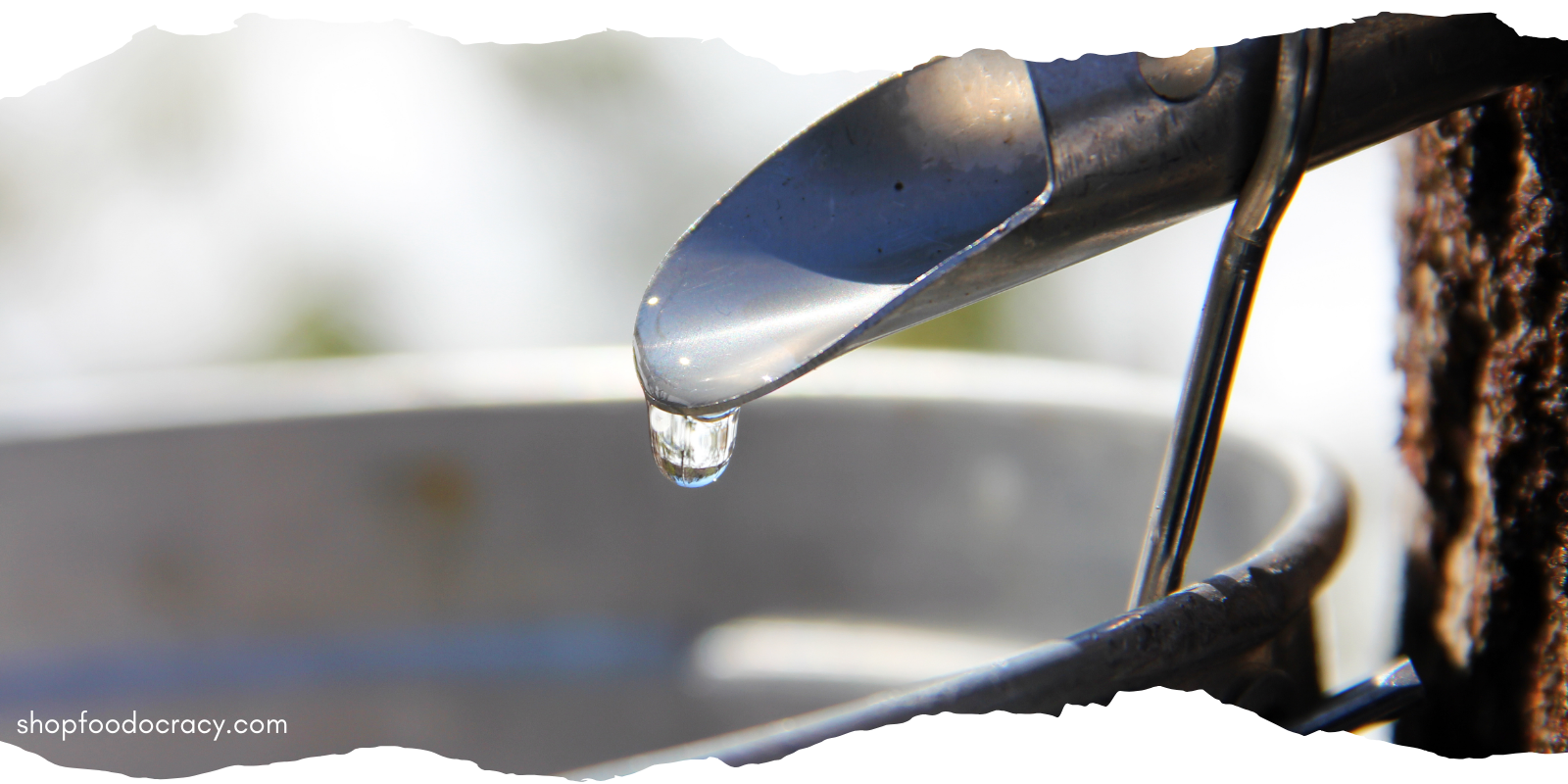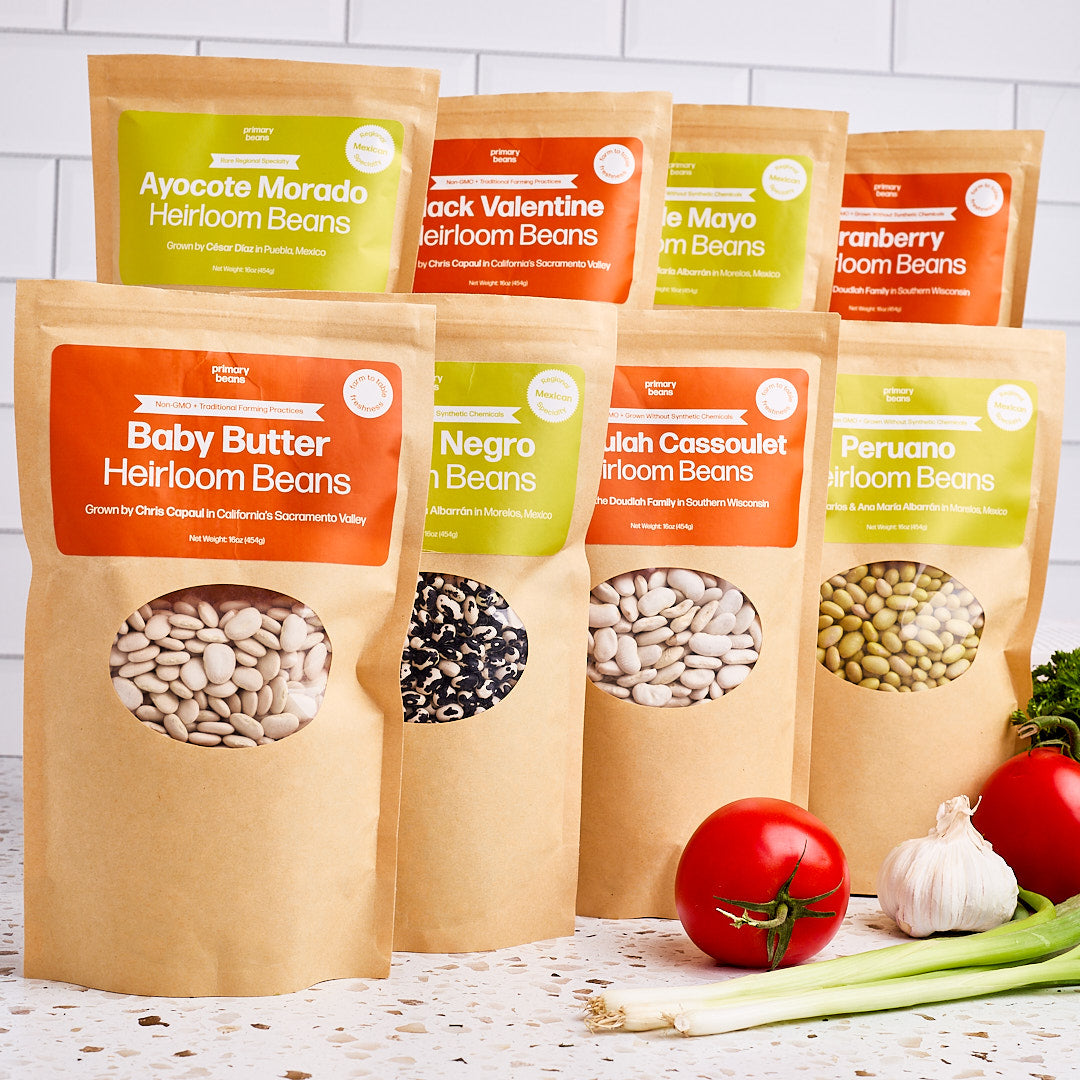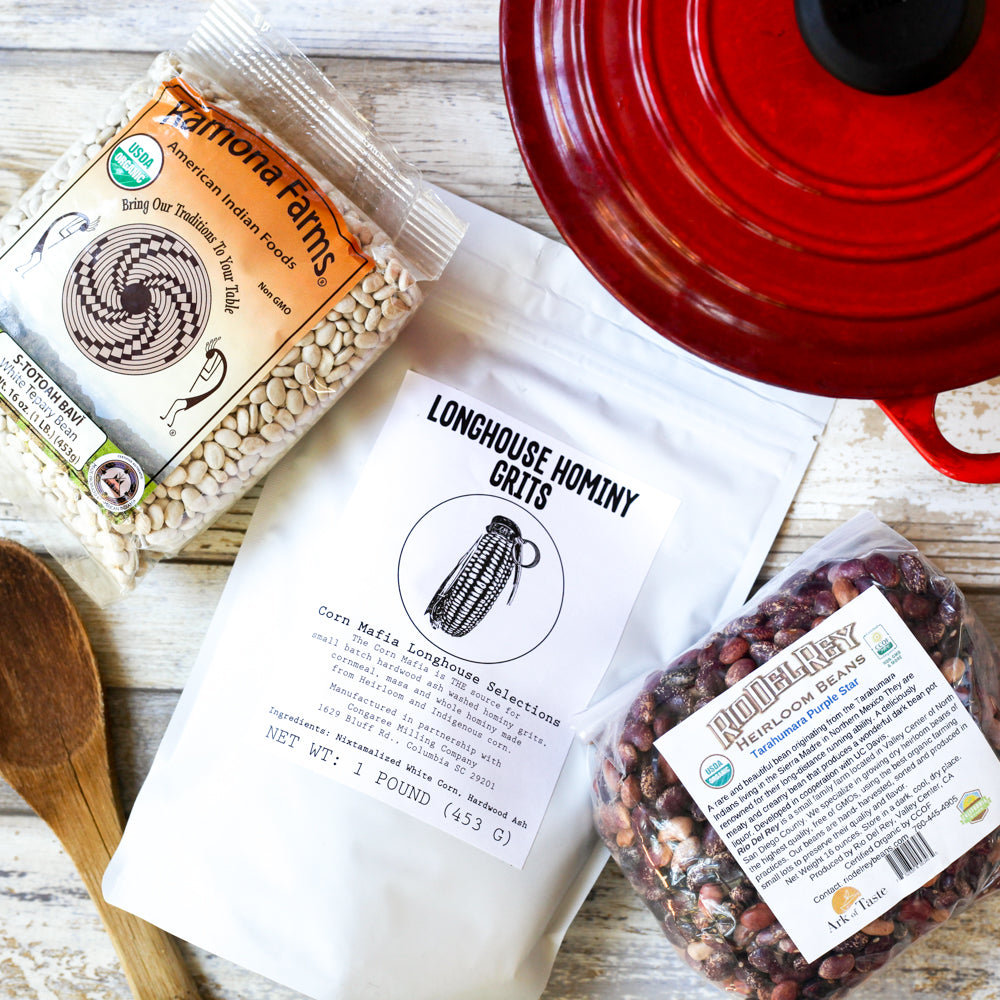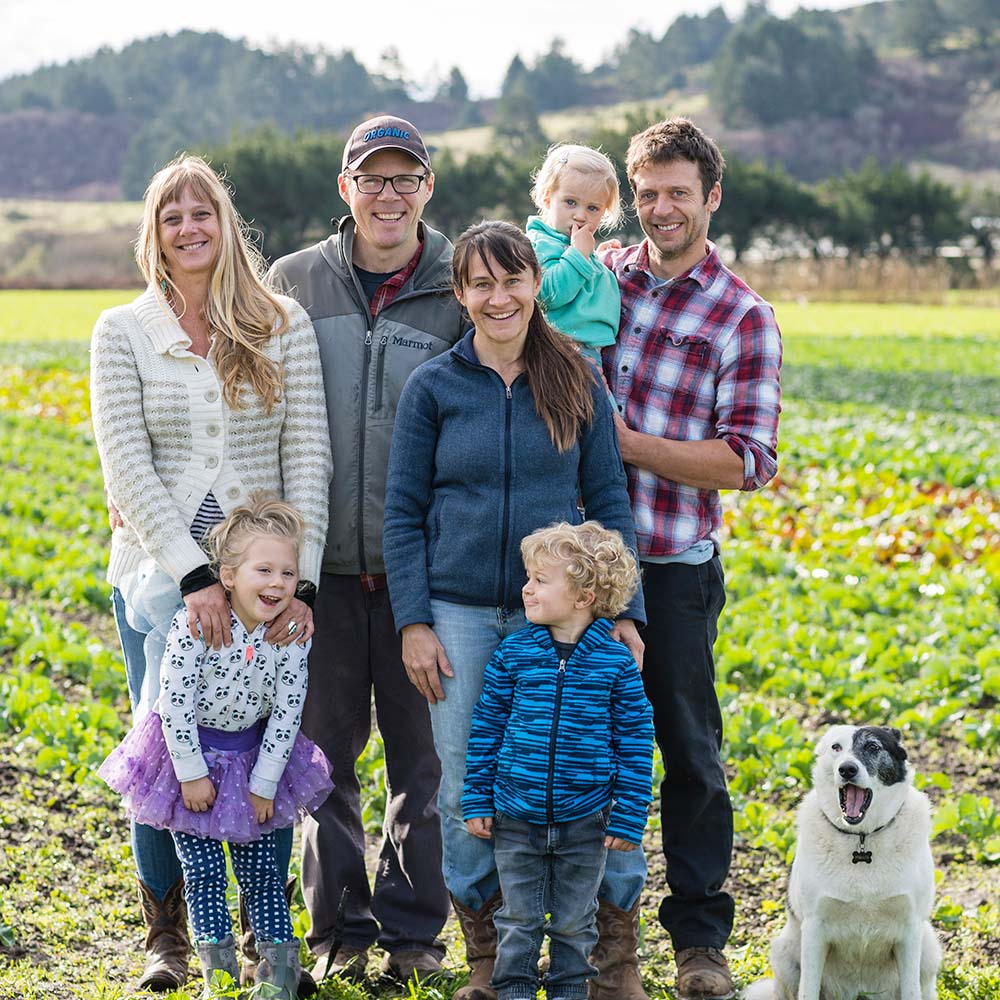10.99 FLAT RATE SHIPPING
10.99 FLAT RATE SHIPPING
SHOP

The Rich, Resilient History of Maple Syrup
November 04, 2024 2 min read
Maple syrup is more than just a sweet treat; it’s a symbol of heritage, ingenuity, and resilience. For thousands of years, Indigenous communities such as the

Anishinaabe, Haudenosaunee, and Wabanaki perfected the art of making maple syrup. Long before European colonists set foot on Turtle Island (North America), these communities celebrated maple syrup as both sustenance and medicine, embedding it deeply in their ceremonial traditions. The traditional method was simple yet effective: sap was collected using wooden spouts and birch buckets, left out overnight for the water to freeze at the top, and then boiled over a maple-wood fire until it transformed into the thick, golden syrup we savor today. When they shared this knowledge with European settlers in the 1500s, it marked the beginning of a shared tradition—though one that would soon become complicated by colonization and commercial interests.

By the 1700s, figures like Thomas Jefferson saw maple syrup as a potential alternative to Caribbean sugar, which was produced using enslaved labor. He encouraged larger-scale farming practices, and throughout the 1800s, commercial maple syrup production grew, overshadowing traditional methods.
In the late 1800s Forced displacement to reservations and the government’s clearcutting of maple forests stripped Indigenous communities of their land and traditions. The introduction of commercial-scale production not only marginalized their knowledge but also disconnected them from the land that had provided this life-sustaining resource.
Marketing campaigns of the early 1900s romanticized maple syrup as a cultural hallmark of New England, complete with images of lumberjacks and idyllic snow-covered cabins, conveniently erasing its Indigenous origins.

Adding to this irony, in 1888, the iconic and problematic Aunt Jemima was created to market pancake flour and, later, pancake syrup, with branding that perpetuated harmful racial stereotypes. This was a bitter twist to the story, as the ingredient once seen as a way to oppose slavery was now being used to promote a false narrative of the "happy slave" for over a century.
Today, the tides are shifting. Indigenous tribes across Canada and the United States are reclaiming their cultural heritage and reviving their maple syrup traditions. The story of Passamaquoddy Maple is a powerful example of resilience. Despite owning over 65,000 acres of land rich with Mahgan (sugar maple trees), it took years to secure the funding necessary to harness this resource. Now, Passamaquoddy Maple not only produces high-quality maple syrup but has achieved an impressive 80% customer return rate, created job opportunities within their community, and is expanding into new markets.
The revival of traditional maple syrup making serves as a reminder of the deep roots and enduring spirit of Indigenous culture. As we celebrate this cherished ingredient, let’s remember and honor the true origins and the people who first taught the world its value.
Recent Articles
About Us
Foodocracy is dedicated to creating a more sustainable and independent food system. We support small, independent farms across the nation.
Get impossible to find beans and grains shipped direct to your doorstep each month from small family farms.
We support small, family owned farms across the nation. Did you know that farmers only make an average of 10 cents on every dollar you spend at the supermarket? Working directly with farms and not middle men ensures that more money goes back to the people actually growning your food.
Get 10% Off
Sign up for delicious recipes and special offers.
**Regularly priced items only.




